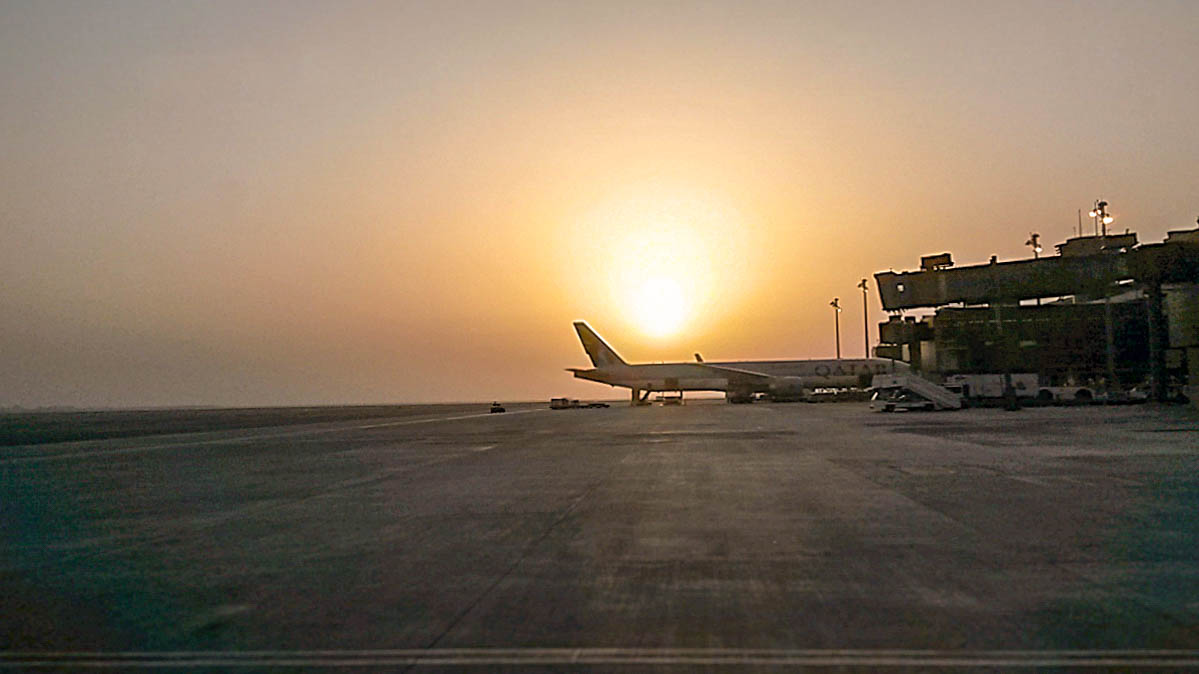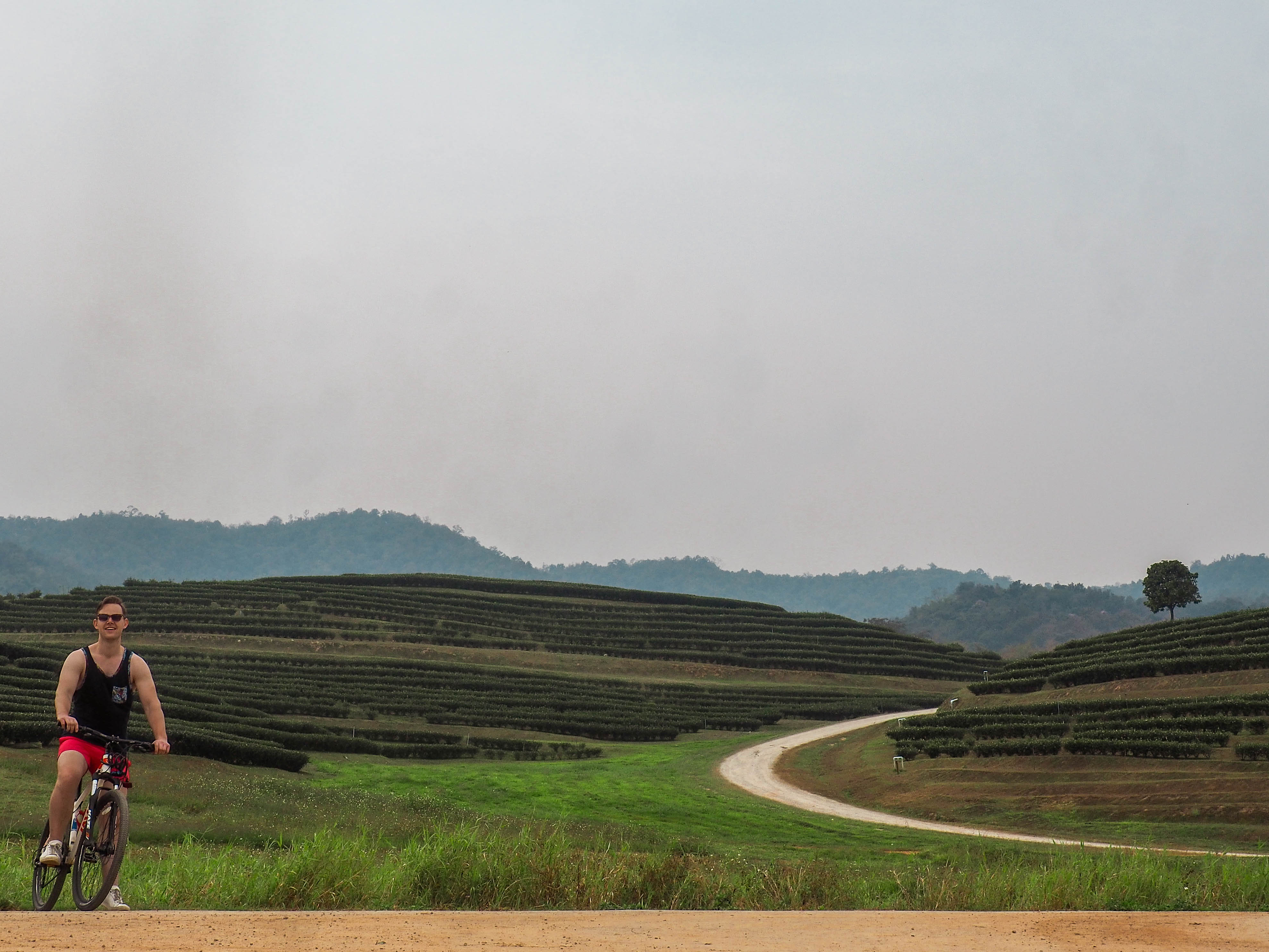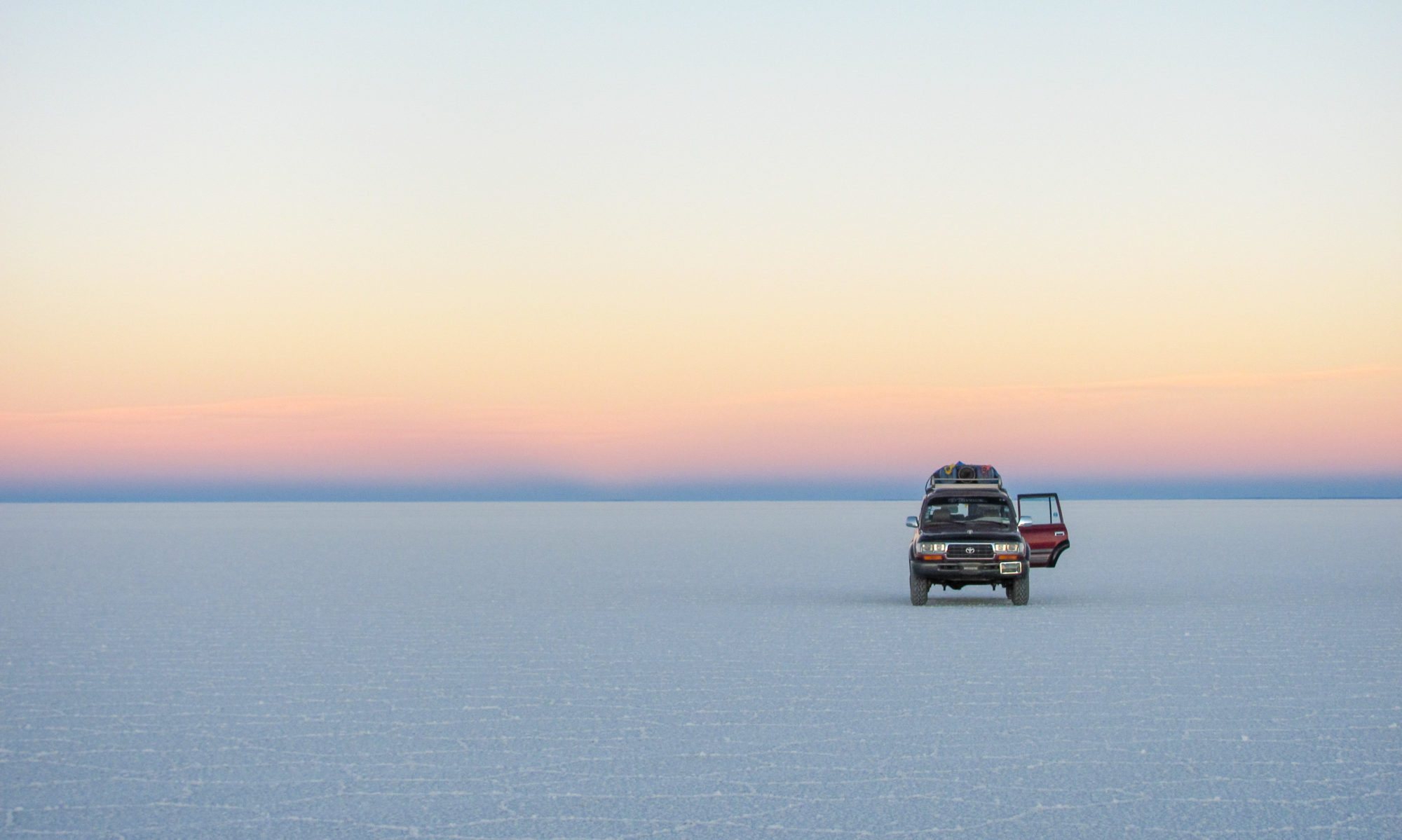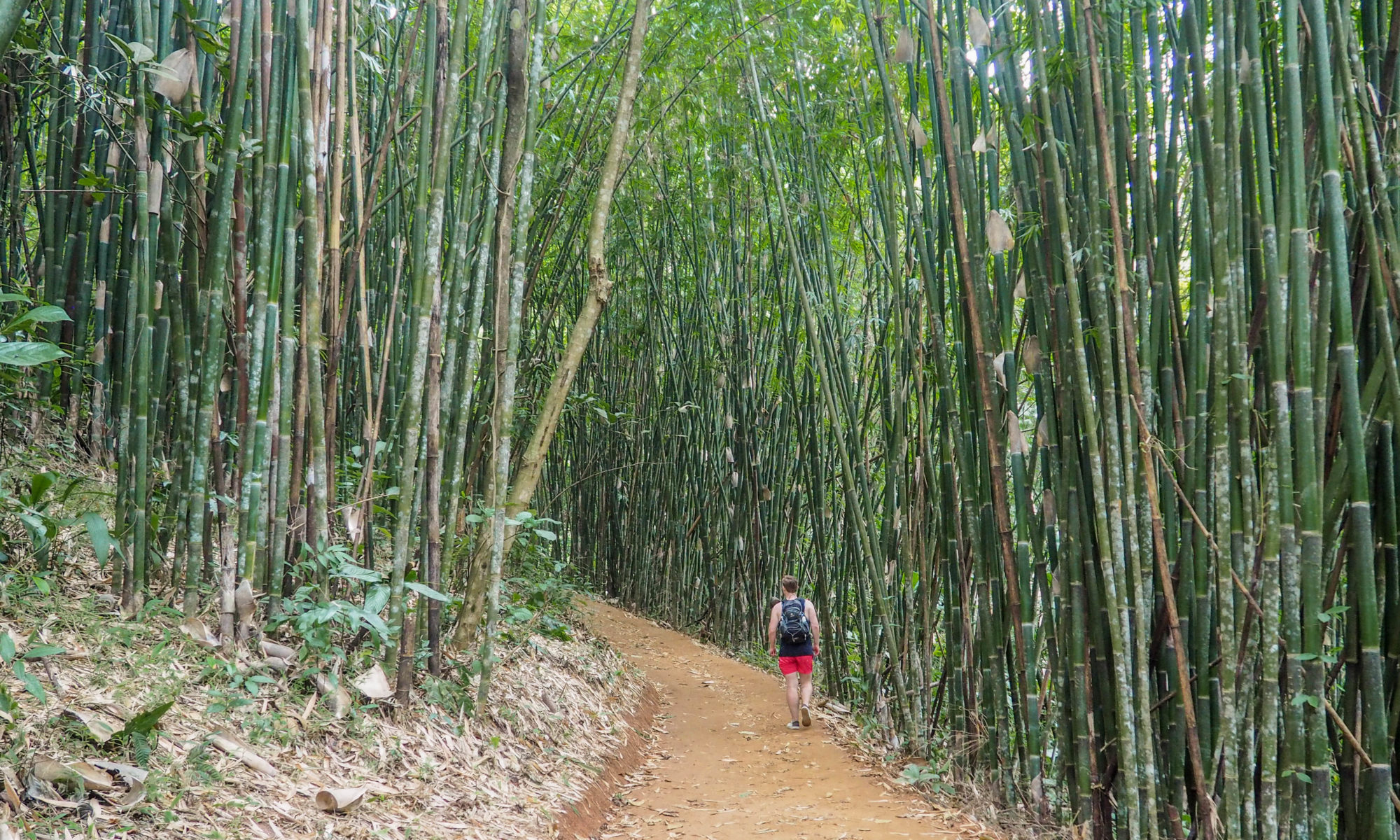You are about to read my first attempt to describe what No Road Back is about. Call it a mission statement or my ‘bloggers purpose’ or just a couple of lines and thoughts of mind on how I view my own travel website. I am in no way trying to convince you that you should radically change your way of travel, but merely showing you mine. At best I hope to inspire, but if I do not bore you to death with this piece I am already sort of satisfied. No, I take that back. Change your ways, get inspired. Nobody is forcing you to read this anyway. You chose this, so you better hang on. After all, there is No Road Back;).
– How I travel –
I am writing have started writing this post at Dubai International Airport. It’s just past 6.00 AM and I am heavily sleep-deprived (still got another 11 hours of travel to go before I reach my final destination). Hungry, but since the coffee I am slowly sipping away already costed me 6 USD, I do not allow myself an overly expensive airport-sandwich. They taste shit anyway, I’ll get my free lunch on my connecting flight in a few hours.
As is usually the case when I go out on a trip, this one started with me racing to the last possible bus I could get, to get to the airport in time. Heaving and panting with my backpack clashing into my back and a smaller daypack dangling on my shoulder I see the bus arriving at the stop at about 200 meters distance. I wave frantically to the bus driver and fortunately, he is in a good mood – made it. My time-management skills might need a tad of improvement.
Make a checklist
Don’t think you will ever ‘nail traveling’. I’ve done my fair share and still forget a lot of the so-called ‘essentials’ everywhere I go. This time it’s my first-aid kid, it is still sitting in Lisan’s backpack from our trip to Morocco last November (she is not joining me on this one). My travel-adapter, my laptop will probably run out of juice in about an hour. Malaria-pills, I really dislike taking pills if it is not absolutely necessary so this one might have been semi on purpose. And my headphones. Not that essential but still stupid to forget. Oh and I changed my bank-card to worldwide settings 2 minutes before the plane took off from Amsterdam – so I can actually pay for something abroad.
Of course, I could have prepared for my trip more in advance. Of course, I could use a checklist. This might have resulted in a more relaxed start of my trip. It might also have caused me not to forget all the things I forgot. And then, it might not have. I also sort of like this free-rolling type of travel. Some things I prepare for in great levels of detail (research on destinations, accommodation, points of interest), others I just free-roll. In the end, as long as you make sure to pack your passport and your credit-card you’re fine. All other things are easily replaceable. Although I strongly advise double-checking whether you got your cell phone with you as well;).
– What the heck is practical sustainable travel? –
So now you know a little more about what kind of traveler I am, it is time to cut to the chase. What am I trying to achieve? No Road Back is about practical sustainable travel: green travel without feeling any hindrance from it. I actively promote this type of travel because I think it is the only way forward. If we like the world so much that we want to explore every nook and cranny of it, we should also take good care of it. And at the moment, the vast majority of the world population is not doing so.
On the other hand, I am realistic enough to know that there is only a very small minority that is actually willing to make (big) sacrifices on their travel-desires in order to shrink their environmental footprint. So that’s where I step in: providing information, guides, articles, tips, tricks and what not, to enable every explorer to shrink their impact without making a compromise.
Practical Sustainable Travel explained in practice
What does that mean in practice? Well for starters, I always put a lot of time into finding accommodation that wants to make a positive impact but without the accommodation revolving around it.
For example, if there are ten clean, beautiful ho(s)tels all with a great social vibe and good reviews I try and find out if any of them also operates in an eco-friendly way. If there is one, great! Most probably I will go check it out and if I liked staying there will recommend going there. If there is one, but it is actually a lot shittier than other comparable ho(s)tels, or more expensive or it f.e. does not provide air conditioning while being in the tropics, I will not recommend it.
That is the practical side of it. If I believe the average traveler will not like the ho(s)tel because its eco-friendly ways make it a less comfortable place to be, its a no go. While there are obviously travelers who would make the sacrifice, those travelers are most probably already making the sustainable choices. I do not believe preaching to the choir to be very effective. This is equally true for travel-agencies, tour-companies and really all companies I work with.
I also will not try to push these sustainable thoughts down your throat, as some other green travel-blogs do. I view sustainable travel as a way of travel, not as the goal of the trip itself. My articles are not about environmentally friendly destinations or attractions but about the most awesome sights, destinations and activities out there, the modus operandi is where I differentiate myself.
If nothing else this will build the business case for sustainability, but hopefully, my articles and writings will guide people in choosing the more environmentally conscious businesses over their direct, but less eco-friendly, competitors. Especially those who want to make the right choices but are not bothered to do the research (which is very understandable, its a lot of work and heck, were a taking about making holiday plans – aren’t those supposed to provide relaxation?).
– What about taking flights? –

I hear you thinking..”what about all your flights? Isn’t your own carbon footprint huge?” Well, yes and no. Mostly no. I always try to pick local transportation over flying. Not only is it more friendly for the environment, but it is also more adventurous, cheaper, more social and more fun – albeit a bit slow and tiring at times.
Choosing the bicycle

I also try to swap buses and scooters for bicycles wherever I can – especially for independent day trips. Good for your health, wallet, the environment and its way more immersive than the bus or a scooter. So you’ll actually get to feel, smell, hear and in general experience the place you are visiting way more intensely.
Air travel
But indeed going on holiday abroad usually involves a flight and that flight alone is probably responsible for 90% (this is a guesstimate) of the footprint of your whole trip. So how to avoid it? Short answer: you can’t. There are some airlines that do their business more sustainable than others (KLM has been nr .1 on the sustainability index for the last 10 years or so) but they all still use kerosene. The only feasible option there is, which I always use whenever I fly, is compensating it. Click the link below to find out how.
– Epilogue –
That’s right, I am giving this read a proper ending. As I am rounding off this article I find myself a month later than when I started it. I lost my sunnies and broke the pair that replaced it (that’s why I never take proper shades when traveling to Asia), just found out I left my leather jacket somewhere on Bangkok International Airport, and I replaced my flip-flops after losing one at a hostel. As I said, don’t ever think you gonna ‘nail traveling’. Or at least I believe I never will. All you can really do is to make a good attempt. So let me help you to do just that!


